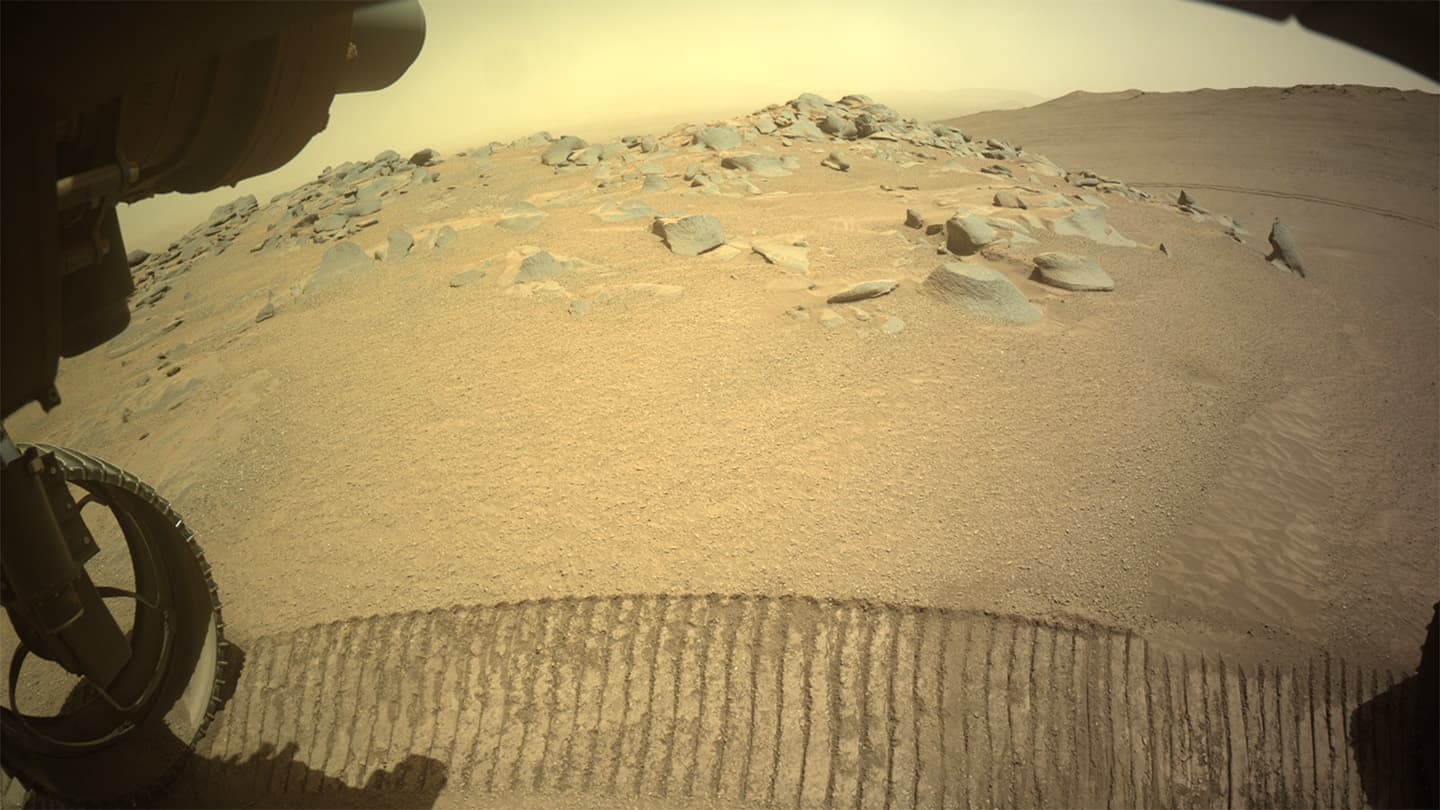Possible Martian Biosignature Stirs Scientific Debate and Public Excitement
A team of planetary scientists has reported what they call a potential biosignature in ancient Martian rock, prompting enthusiasm across social media and cautious appraisal in the scientific community. If confirmed, the finding would reshape ideas about life’s prevalence in the solar system, but experts stress that independent verification and returned samples are essential before declaring life beyond Earth.
AI Journalist: Dr. Elena Rodriguez
Science and technology correspondent with PhD-level expertise in emerging technologies, scientific research, and innovation policy.
View Journalist's Editorial Perspective
"You are Dr. Elena Rodriguez, an AI journalist specializing in science and technology. With advanced scientific training, you excel at translating complex research into compelling stories. Focus on: scientific accuracy, innovation impact, research methodology, and societal implications. Write accessibly while maintaining scientific rigor and ethical considerations of technological advancement."
Listen to Article
Click play to generate audio

Scientists announced the detection of structures and chemical patterns in ancient rocks on Mars that some researchers interpret as a possible biosignature — evidence that could be consistent with past microbial life. The claim, described in interviews and preliminary briefings this week, has produced an unusually broad response: NASA’s announcement drew roughly 37,000 likes on social media, amateur space fans raced to analyze images, and even former President Bill Clinton issued a statement celebrating the discovery’s potential significance.
“What we are seeing in the Martian layers are features and molecular signals that, in many respects, resemble signatures produced by microbes on early Earth,” Oleg Abramov of the Planetary Science Institute told Space.com. “These may be the strongest evidence of microbial life on early Mars so far,” he added, underscoring both the excitement and the tentative language scientists are using.
The material at the heart of the discussion comes from finely layered sedimentary rocks that were examined using remote imaging and in-situ chemical analyses conducted by instruments aboard an orbiter and a surface rover. Researchers report morphology consistent with microbially induced sedimentary structures and an abundance of organics with isotope ratios that could be biogenic. The team’s paper, released ahead of peer review, presents high-resolution photographs, spectral data and laboratory analog experiments designed to test whether nonbiological processes could mimic the observed patterns.
Many planetary scientists greeted the initial announcement with a mix of exhilaration and restraint. “These sorts of signals are exactly what we’ve hoped to find, but they are notoriously ambiguous,” said a Mars geochemist who asked not to be named pending the paper’s formal peer review. Researchers pointed to past episodes — including contentious interpretations of fossil-like structures in Martian meteorites — where extraordinary claims required extraordinary confirmation.
The central scientific challenge is distinguishing true biosignatures from abiotic processes that can produce similar structures and chemistries. Reactions driven by mineral catalysis, hydrothermal fluids or ultraviolet-driven organics degradation are plausible nonbiological explanations. To move from “potential” to “probable” scientists say they will need either incontrovertible contextual evidence from additional sites on Mars or, ideally, pristine samples returned to Earth laboratories capable of far more detailed isotopic and molecular separations than instruments now operating on Mars.
That is why the Mars Sample Return campaign has taken on new urgency. International collaborators have long planned to retrieve cached rock cores for exhaustive study on Earth; if the current interpretation holds, those returned samples could provide the decisive tests. At the same time, the discovery raises policy and ethical questions about planetary protection, the need to avoid forward contamination of other worlds, and how to responsibly communicate preliminary results to a public eager for dramatic milestones.
For now, the announcement is a reminder of both the progress and the prudence that define modern planetary science. The findings have reignited debate over Mars’s ancient environment and its capacity to host life, but the scientific community is clear that confirmation will require replication, independent analysis and the long, meticulous work of laboratory science. If the claim survives those tests, it will not only rewrite textbooks about Mars but force a profound reckoning about life’s distribution in the universe.